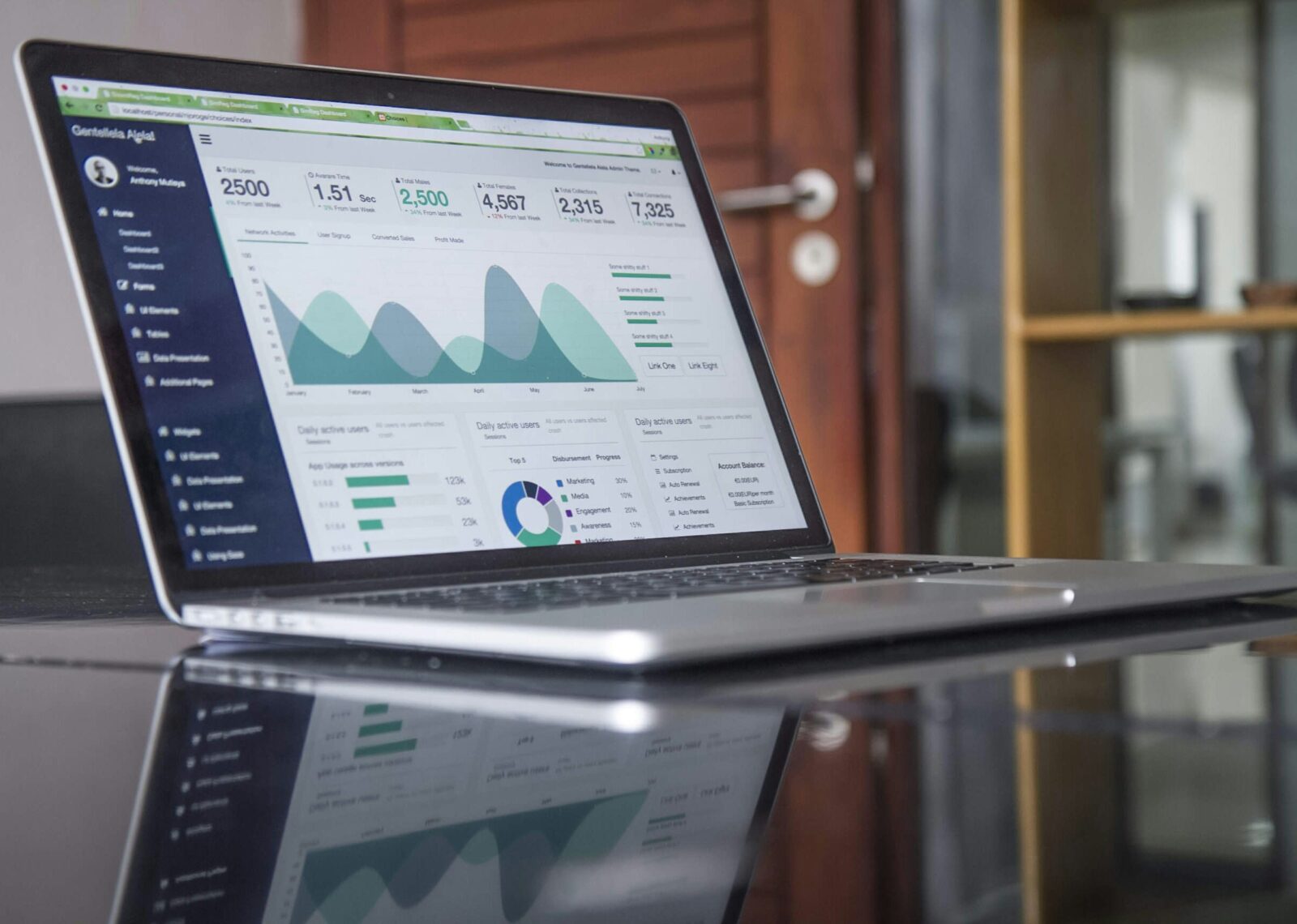Automated Spend Analysis: Key Benefits
Introduction: Controlling expenses and optimising procurement procedures are essential for growth and profitability in a complicated corporate environment. Organisations seeking...

Get 20€ off on your first order!
Thank you! You've signed up for our newsletter.


















Introduction: Controlling expenses and optimising procurement procedures are essential for growth and profitability in a complicated corporate environment. Organisations seeking...

Introduction No matter its size, organisation success depends on expense control. From freelancers to huge enterprises, software licences, marketing, and...

Introduction: Agile innovation has revolutionised IT and become the gold standard in software development. Its impact goes beyond IT, affecting...
Introduction: Controlling expenses and optimising procurement procedures are essential for growth and profitability in a complicated corporate environment. Organisations seeking...

Introduction No matter its size, organisation success depends on expense control. From freelancers to huge enterprises, software licences, marketing, and...

Introduction: Agile innovation has revolutionised IT and become the gold standard in software development. Its impact goes beyond IT, affecting...
Get 20€ off on your first order!
Save 30% by buying directly from brands, and get an extra 10€ off orders over €100
Save 30% by buying directly form brands, and get an extra 10€ off orders over €100